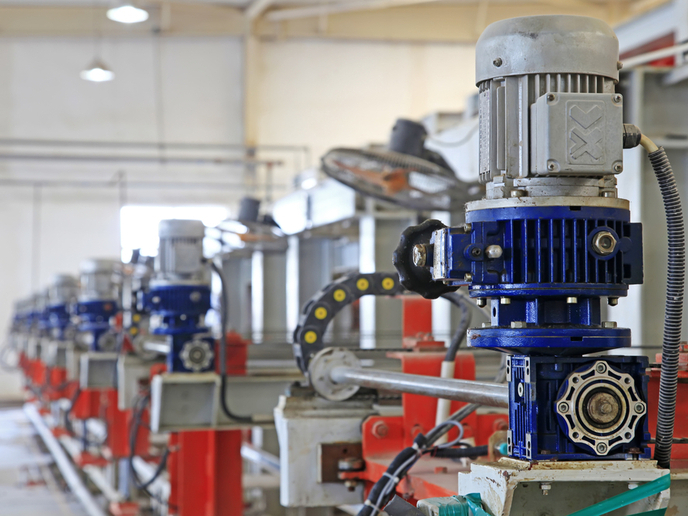Catching up with CerAMfacturing: New and truly innovative ceramic additive manufacturing technologies edge closer to the market
The big promise of ceramic additive manufacturing (AM) is previously impossible but absolutely precise geometry for a range of components, allowing for the easy and efficient manufacturing of a range of components, from personalised jewellery to surgical instruments. The CerAMfacturing (Development of ceramic and multi material components by additive manufacturing methods for personalized medical products) project lay the groundwork for showing the numerous opportunities of AM techniques, but the ambition was always to move to wider commercialisation.
Continued collaboration, with new and old partners
“When we first spoke, we had filed two patent applications,” Moritz comments. “So far the IP rights have not yet been awarded, but we have our fingers crossed that they will be soon. However, for all three methods that we focused on in CerAMfacturing, we’ve attained milestones that have definitely led to marketable devices,” Moritz adds. The further continued efforts on refining the CerAMfacturing devices have taken place in nationally funded development projects and alongside direct industrial collaboration with other European partners who were not previously a part of the EU-funded consortium.
Highlighting further positive developments
Looking at individual success stories, CerAMfacturing’s Dutch consortium partner, Admatec, which developed the project’s Digital Light Processing (DLP) device, has since developed a software update that allows their device to handle multiple parts, with unique parameter sets, in one print job, allowing for multiple different settings within the same layer, saving time and thus being more efficient. Meanwhile, the Austrian consortium partner, HAGE, has finalised a print head for the CerAM fused filament fabrication (FFF) process in their device with an innovative belt-driven filament supply, thus allowing for the use of brittle particle-filled filament for the AM of ceramics or metallic components. The third CerAMfacturing machine, focused on thermoplastic 3D printing (T3DP), and developed by Moritz’s own organisation, Fraunhofer IKTS, has also been further improved for a much higher precision in droplet positioning and repeatability. “Up to three different materials can be applied in one building process,” Moritz says. “And indeed, we plan to commercialise this machine and publicly present it – coronavirus allowing – in Autumn 2020.” All nine CerAMfacturing participants were able to expand their experience in their own specialised AM fields. “Thus, the machine developers within the consortium were able to improve their devices by applying specific knowledge gathered within the project and, most importantly, carry it forward,” concludes Moritz. “CerAMfacturing was truly a great springboard for advancing this innovative technology further.”



